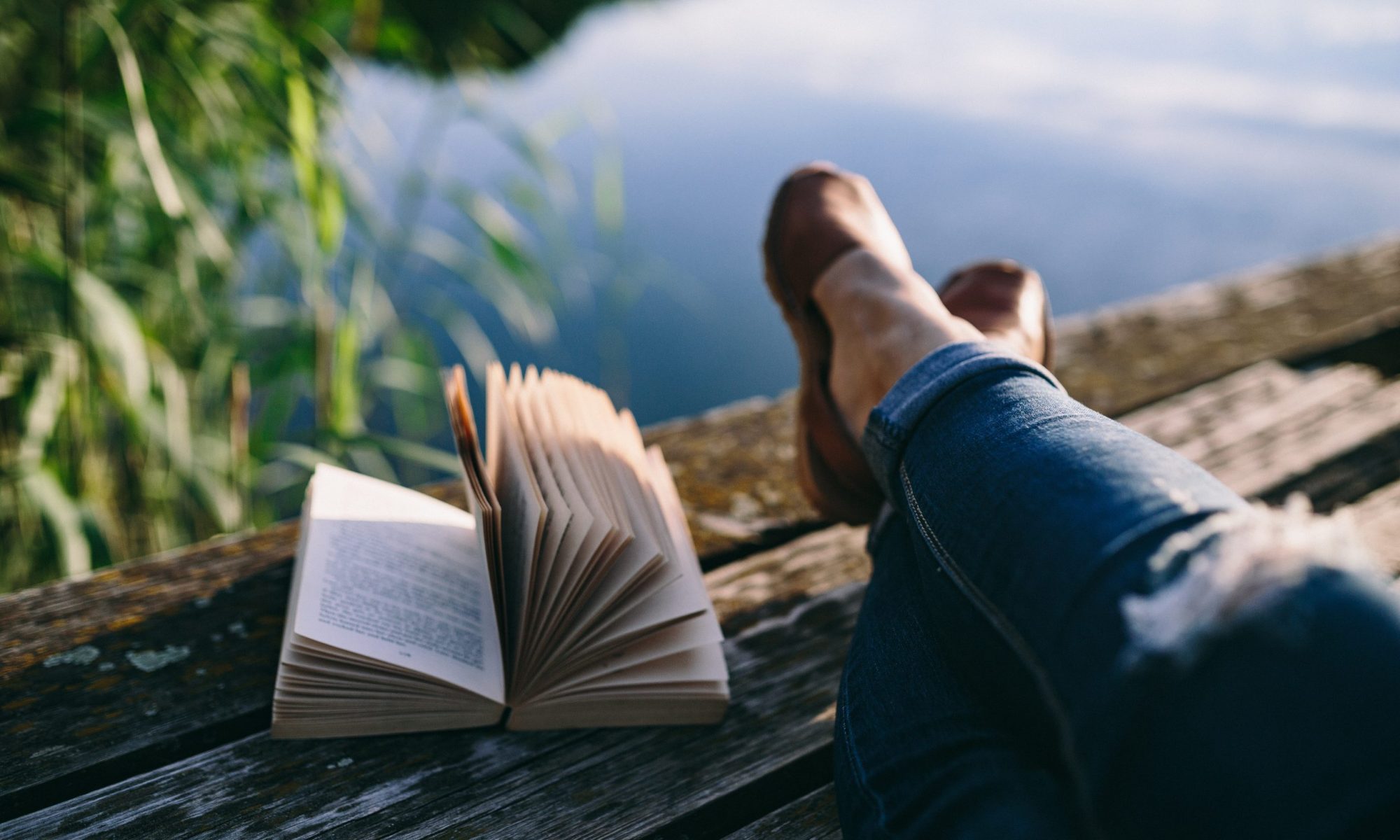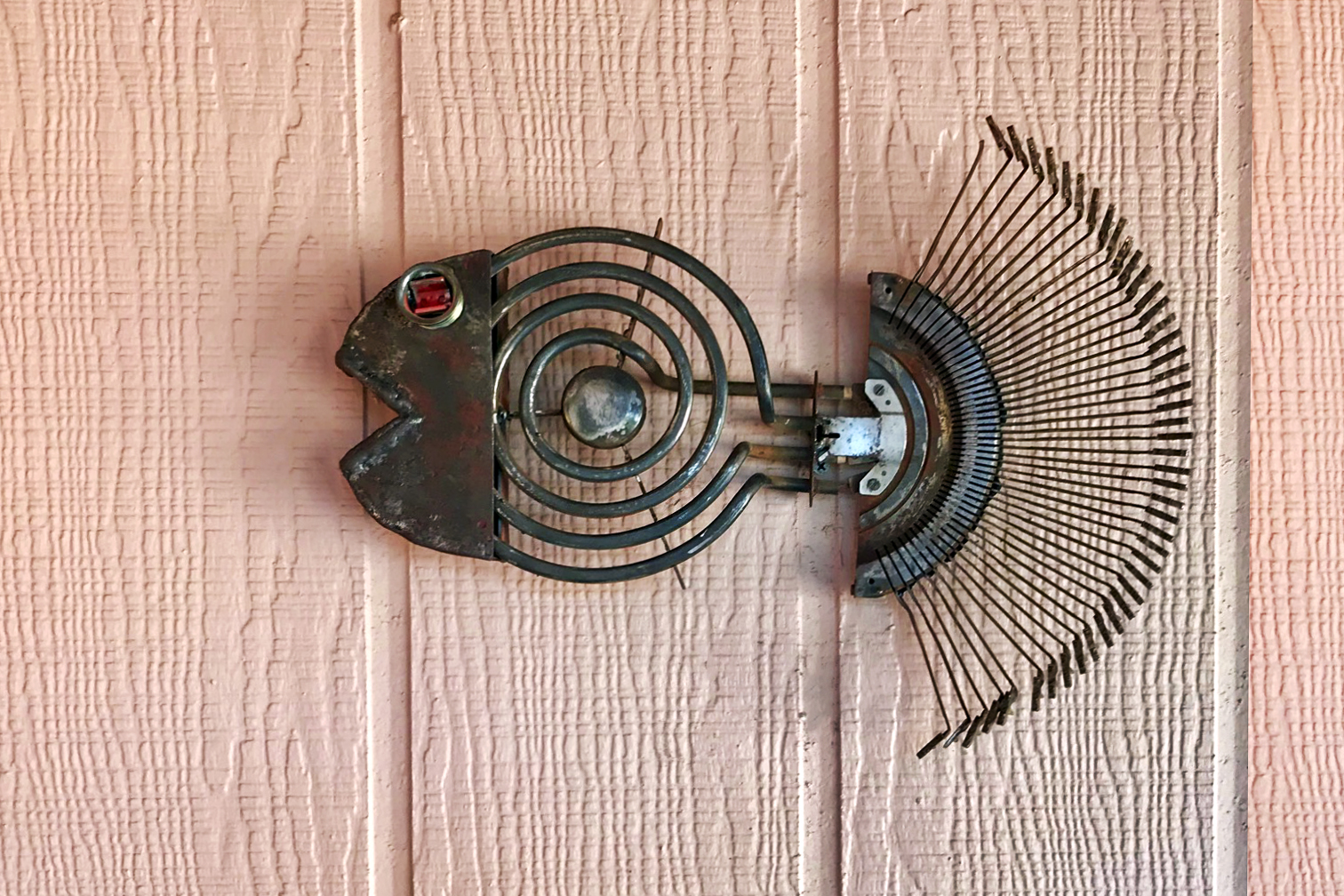
This summer I finally got to go to Cuba. The island had been high on my bucket list for almost 50 years, before people called them bucket lists. My father and grandfather often referred to Cuba as The Pearl of the Antilles, shook their heads and commented what a shame it was that I would never have the opportunity to see it. That pretty much sealed the deal, sending Cuba straight to the top of the list, demoting my desire to be Evil Kenevil’s protégé to second place. Now I wanted, no, I needed, to see The Pearl for myself.

Fast forward approximately 48 years… My business coach introduced me to Mary Drobney of Cultural Journeys. Mary is a college art history professor who began leading people-to-people art education tours to Cuba 15 years ago. ( http://www.cultural-journeys.com ) Prior to our trip I visited Mary’s home, an amazing eclectic gallery of Cuban art, where she told me of the difficulties that Cuban artists face. Due to embargos art supplies are very limited and are much needed. Many of her tour participants bring supplies as gifts. Some artists obtain materials through the black market. Others creatively use alternative materials such as found objects. When resources are scarce nothing is wasted.
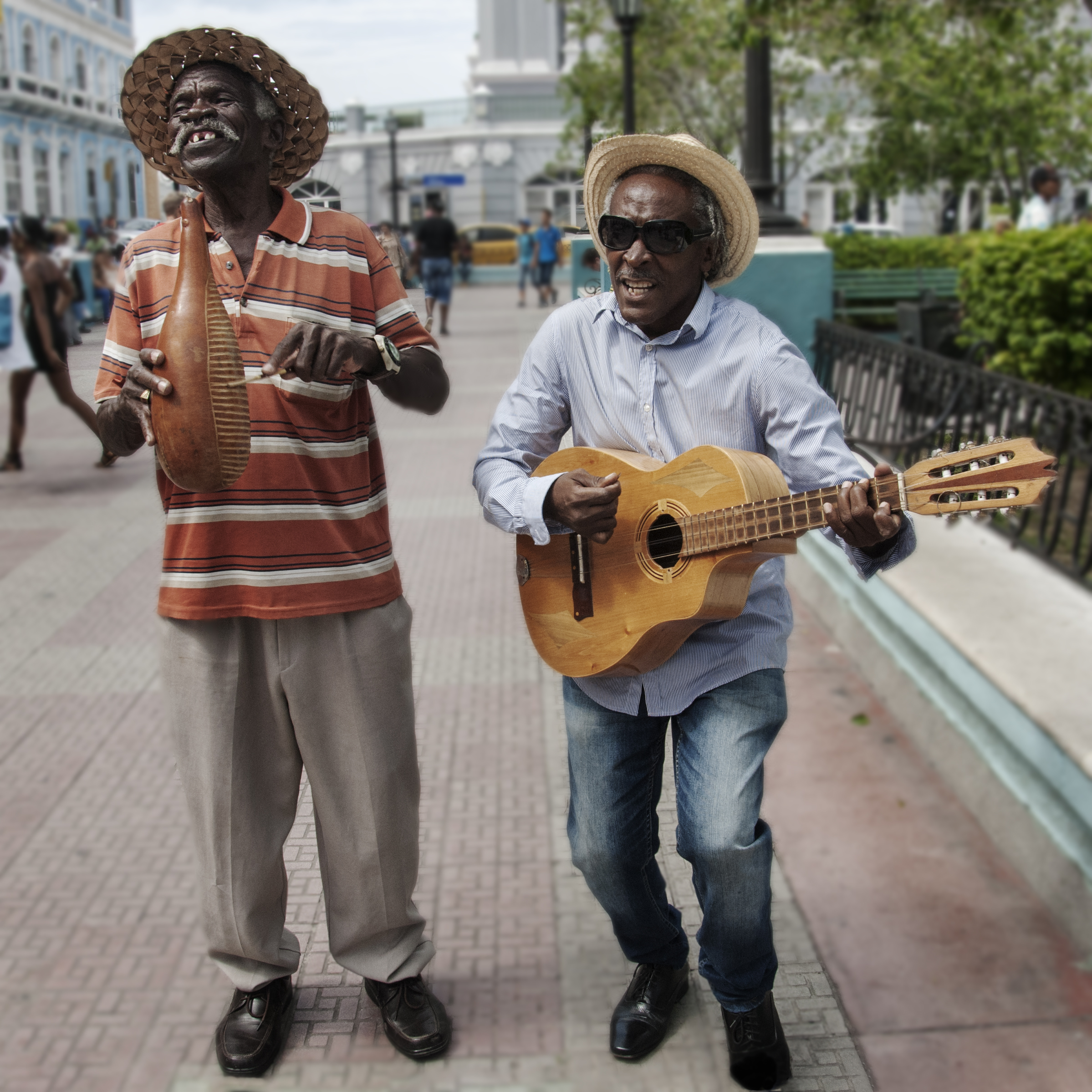
As a whole, Cuba values the arts. I observed a reverence for poetry, dance, music, sculpture and painting. But where, I wondered, does an artist fit into a society where jobs are provided by the government and consumer goods are sanctioned? Most tourist-type shops have the same handful of authorized items. Art is one of the few exceptions if you go to the source.
Mary seemed to know everyone. Over the course of more than 100 art tours she has forged personal relationships with numerous artists across the island. We explored national galleries of work by established artists, but what about other hopeful artists? Their work can be found at artist tables set up in parks, near attractions and UNESCO sites, as well as studios and galleries located in the artists’ homes. The Taller Experimental de Grafica is a large printmaker’s co-op amidst the maze of tangled streets of a Havana neighborhood. The large industrial space was full of great light, working artists, presses, blocks and thousands of prints. I could have happily spent days there watching, listening and learning. Begrudgingly we finally did leave, my arms cradling long cardboard tubes containing original works of the artists I met.

We saw numerous monuments to historic or political figures. But throughout the country beautiful public art is abundant in the forms of colorful murals, sculptures, intricate iron works, fountains and mosaics.
Fusterlandia, a kaleidoscopic neighborhood in the coastal town of Jaimanitas, is the urban beautification project of artist José Antonio Rodríguez Fuster. Fuster is a ceramicist, painter, illustrator, sculptor, print maker and the creator of the ultimate public art installation. Starting with his small home and studio he has transformed over 80 neighboring houses, parks, benches, walls and even swimming pools into a vibrant wonderland, which Fuster initially financed himself.
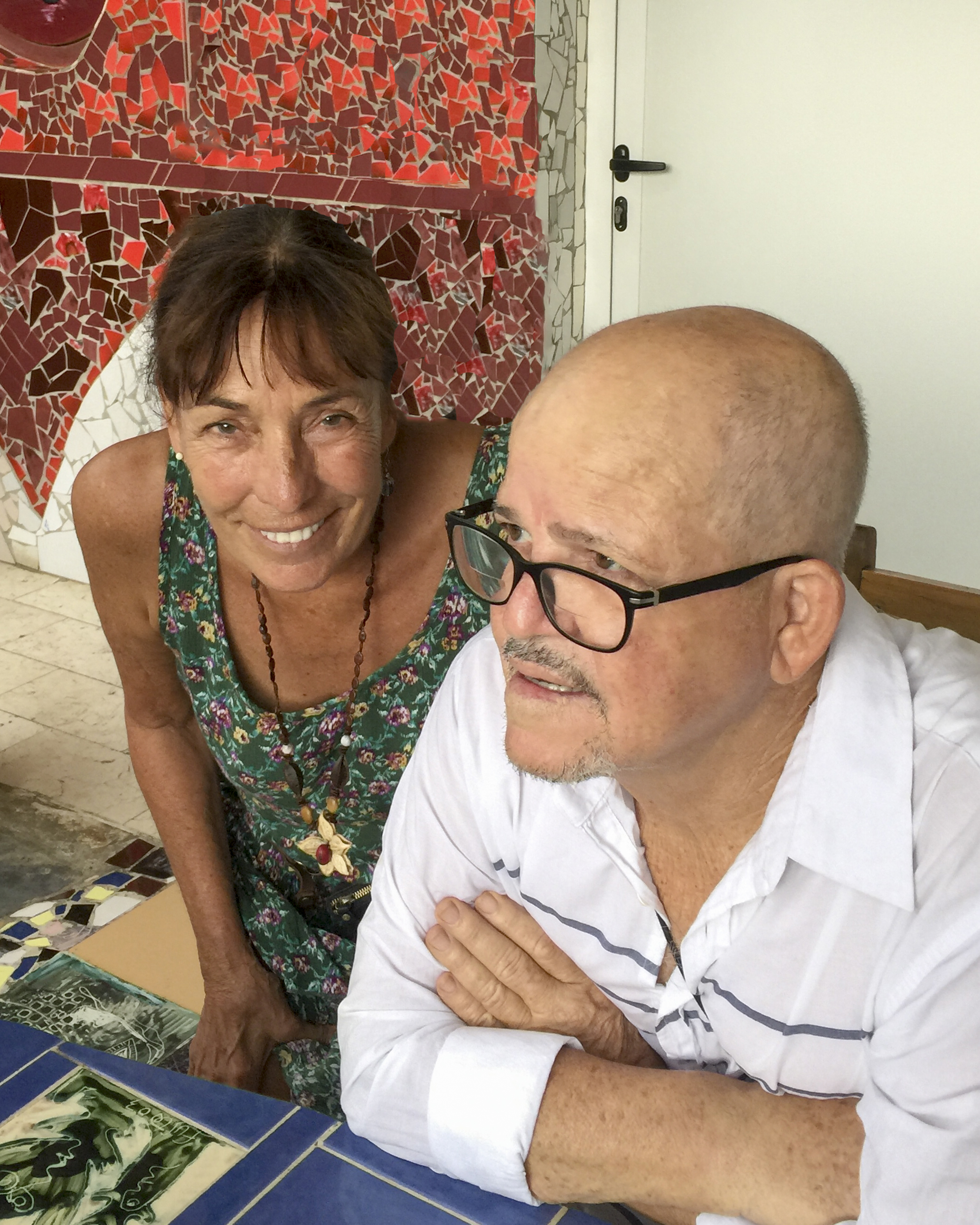
Sculptures by Martha Jimenez dot the streets near her studio in Camaguey. Jimenez portrays Cuban life in her art. He sculptures depict scenes using real-life models from the community working, gossiping, visiting on benches and a man reading his newspaper. This particular model comes out daily to read the paper next to his likeness while beaming with pride. Jimenez’s studio holds an extensive collection of paintings and prints featuring beautifully curvy women.

Music is constant in Cuba and where there is music there is dancing. Strolling troubadours, musicians sitting on their stoops and organized musical groups on stages, in courtyards or town squares fill the streets with song. Traditional Cuban music, son Cubano, combines the influences of Spanish Guitar with West African rhythm, percussion and call and response style.
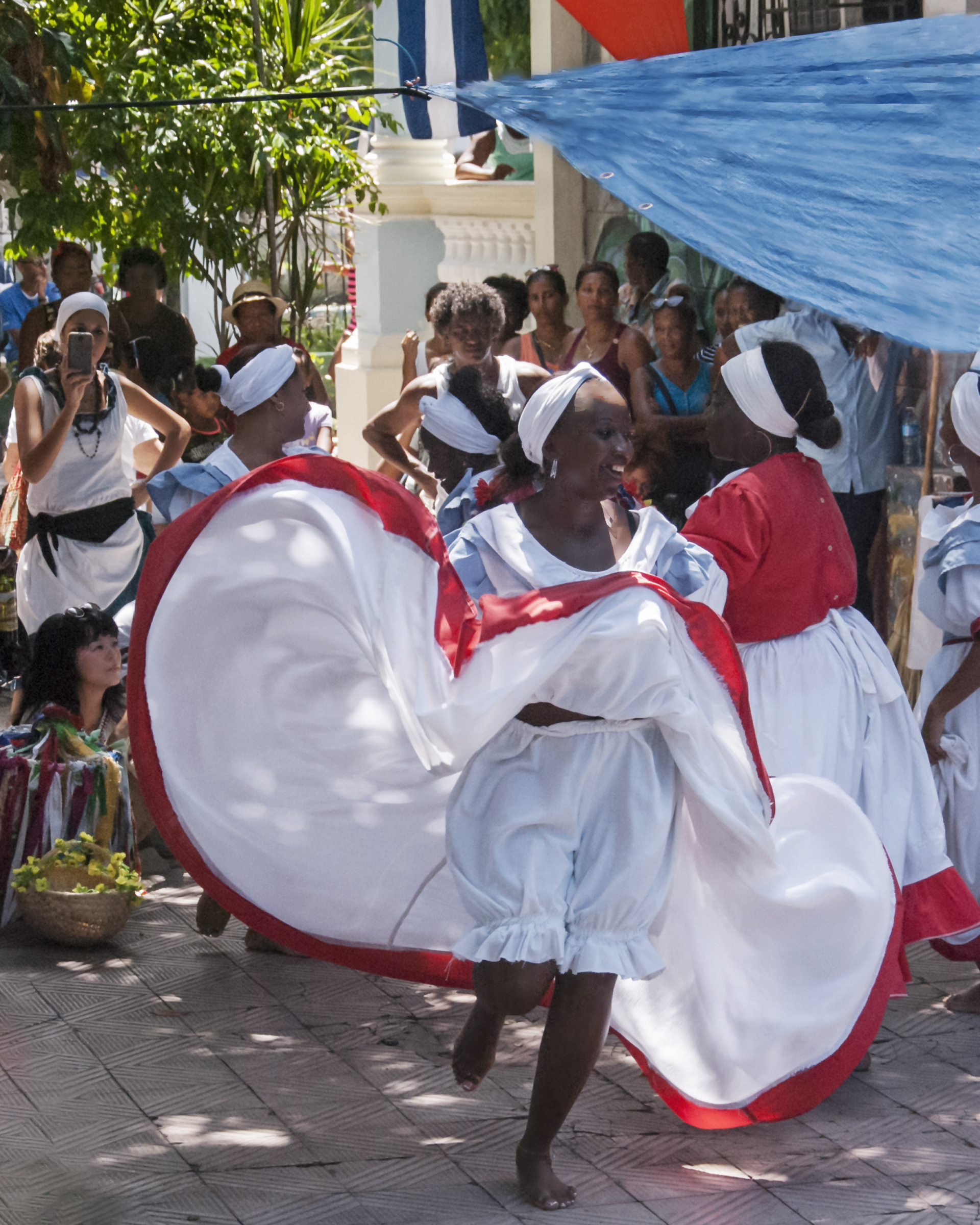
And the dancing… oh the dancing… I literally danced my way across the island. I danced with street musicians. I danced with strangers who grabbed my hand to join a Conga line or whirl me into the midst of the action. I danced with children and with silver-haired gentlemen with whom I could not keep up. And on a sweltering evening in Santiago de Cuba I danced alone in an empty pedestrian mall during a brief downpour while locals ducked into doorways to wait.
A month after my trip Hurricane Irma, the second in a string of destructive hurricanes in the Caribbean, devastated the Cuban coast. Thirty-six foot waves crashed down on the island destroying 4,000 homes. Today as the hyperactive 2017 hurricane season is coming to an end, the high season for tourism should be getting underway. But many travelers have cancelled their tour and cruise plans, bringing secondary waves of devastation to already struggling communities.
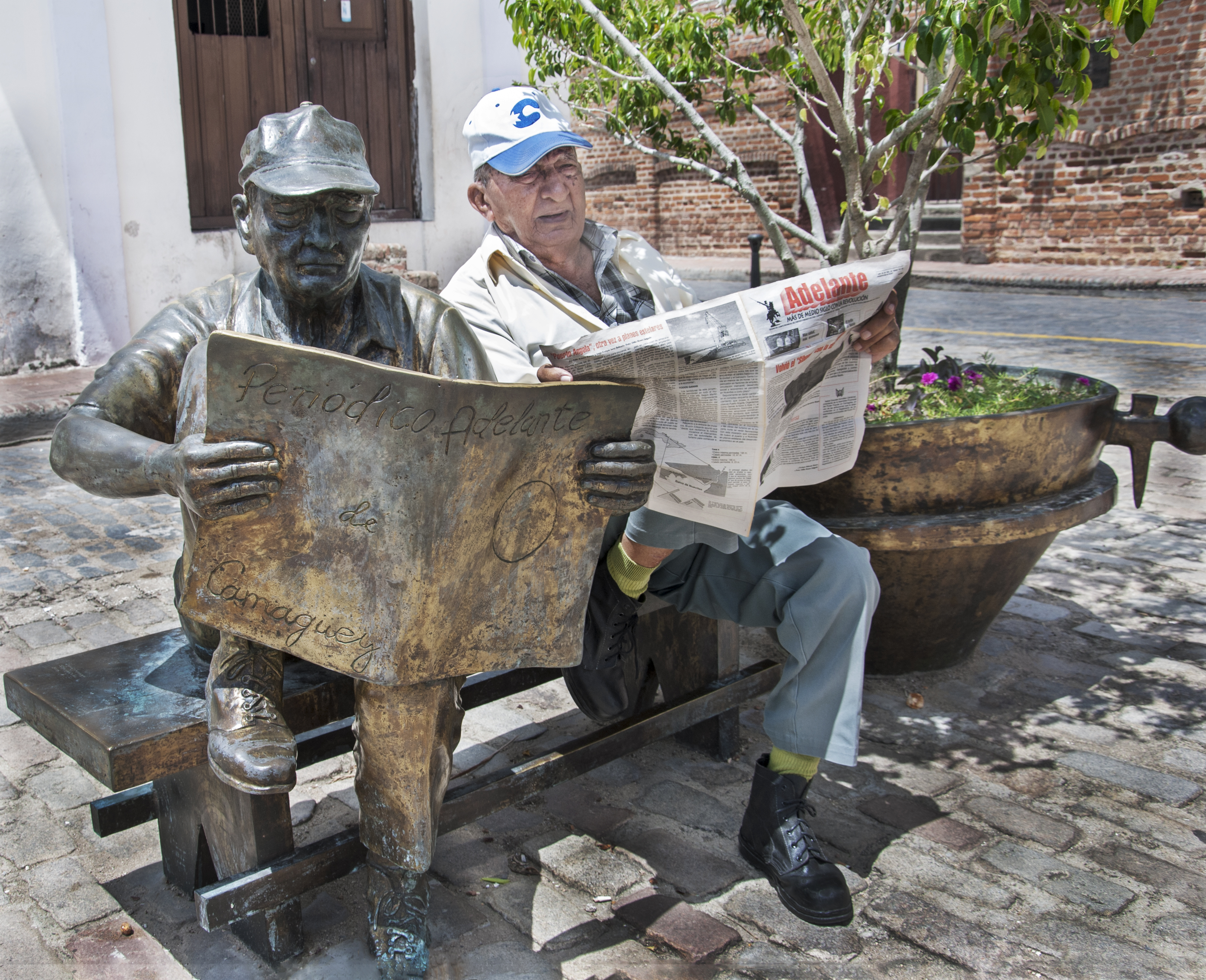
Mary’s tours have resumed. Communities have come together and restoration has begun. The spirit of hope and resilience still thrives in the Cuban people. They have learned not only to adapt to the circumstances and hardships of the embargoes, but to thrive and create joy. Is Cuba on your bucket list, too? The Pearl is ready to welcome us.
About the Author: Julie Terrill
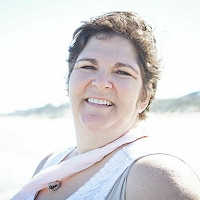
Julie Terrill is a photographer and writer with a passion for travel. For ten years, she’s told stories of empowerment through the lens of her camera in an array of unique landscapes, environments, and projects – from a shelter for children rescued from trafficking in Thailand to Faces of Courage, complimentary portrait sessions she offers to cancer patients in her community. She is a photographer and assistant facilitator at Beautiful You and Soul Restoration retreats.
Connect with her at: JMTerrillImages.com
